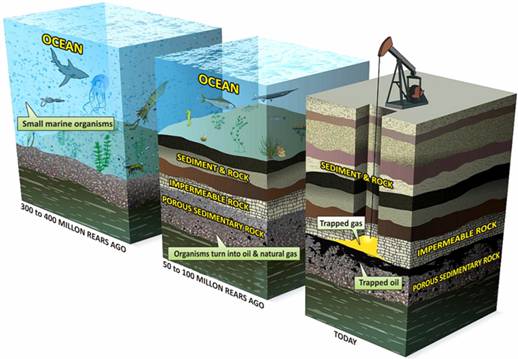Coal and petroleum Worksheet-6
Answer:
Coal
It is formed by carbonization of wood. Anthracite is the purest form of coal it contains 94 – 95% of carbon.
Wood Charcoal
Charcoal is a black, porous and brittle solid obtained when wood is heated strongly in a very limited supply of air. This process is called destructive distillation of wood. It is a good adsorbent. Charcoal powder adsorbs colouring matter from solutions, and poisonous gases from the air
Animal Charcoal
Animal charcoal (or Bone charcoal) is obtained by destructive distillation of bones. It contains about 10-12% of amorphous carbon.
Sugar Charcoal
It is obtained by heating sugar in the absence of air. Sugar charcoal is the purest form of amorphous carbon.

Lamp Black
Lamp black is manufactured when tar and vegetable oils (rich in carbon) are burnt in an insufficient supply of air and the resulting soot is deposited on wet blankets hung in a room. Lamp black is a velvety black powder. It is used in the manufacture of India ink, printer's ink, black paint and varnishes and carbon papers.
Carbon Black
When natural gas is burned in limited supply of air, the resulting soot is deposited on the underside of a revolving disc. This carbon black is then scraped off and filled in bags. It differs from lamp black in being not so greasy. Carbon black is added to the rubber mix used for making automobile tyres, and has replaced the use of lampblack for a number of purposes.
The normal components of LPG thus, are propane (C3H8) and butane (C4H10).
The gas is stored in liquid form under pressure in a steel container, cylinder or tank
A foul smelling mercaptan is added to LPG as it is colourless, odourless gas so that leaking can be easily detected.

Formation of Petroleum and natural gas
Petroleum was formed from organisms living in the sea. As these organisms died, their bodies settled at the bottom of the sea and got covered with layers of sand and clay.
Over millions of years, absence of air, high temperature and high pressure transformed the dead organisms into petroleum and natural gas.
So, these are known as fossil fuels.
Coal burns producing large amount of energy.
![]()
Coal is used for manufacturing coke which is used in the manufacture of steel.
The main products formed are:
coke
coal tar
coal gas
Coke is used in the manufacture of steel
Coke is used in the extraction of iron from its ore.
Refining is done to separate useful substances from petroleum. It is done by fractional distillation in oil refineries.
of detergents, fibres (polyester, nylon, acrylic etc.), polythene and other man-made plastics.